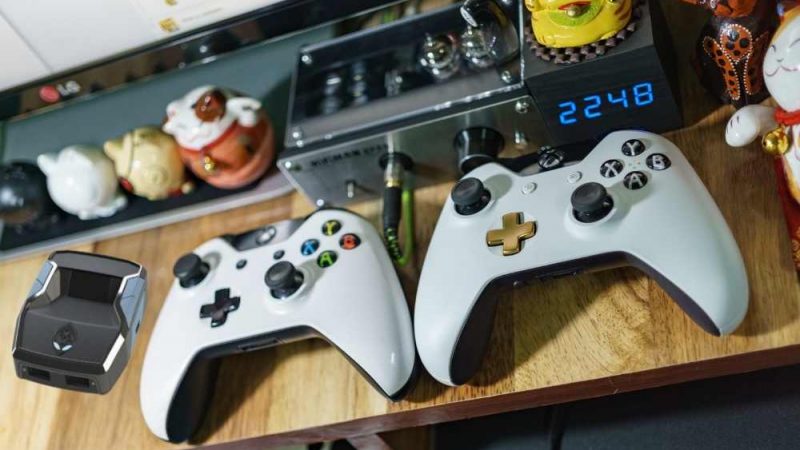7 Tips to Avoid WiFi Problems and Improve your Internet Connection

Over the years, and the consequent advance of a technology that does not stop, it is increasingly difficult to think of a house that does not have an Internet connection. However, that does not imply that the speed of the WiFi network that we have connected is always ideal for the user.
If you have this problem frequently, it is probably related to the quality of the equipment or even the service you have contracted. The Selectra rate comparator has developed a series of tricks to practice that will help improve Internet performance and, consequently, the quality of browsing.
A Glimpse at the Consumption
It is vital not to lose sight of the Internet consumption made so that it does not skyrocket -especially if you are teleworking-.
To prevent this from happening, one option is to limit access to streaming platforms through the computer – there are now smart televisions that allow you to download apps from these platforms – or carry out any download only when you are using the Internet with professional or educational purposes.
Change the Router
If the router you have at home has been the same for several years, it may be time to change it, and you will have to do the same if you have recently upgraded your Internet speed. Contact your operator to inform them of the situation, and if they are not willing to provide you with another device, you can always buy one at any computer store.
Could you place it in a Strategic Place?
For the router to work optimally, nothing must interfere with your connection, so you must choose the right place to place it, taking into account that the ideal is that it be in a high place, central to the home and without obstacles that prevent the expansion of the WiFi signal. Also, if you have an antenna, it should be vertical.
Use the minor Saturated Channels
European routers use 13 channels that operate between 2,401 and 2,483 MHz. This means that if you live in a large building, it is likely that you are using the same channel as many of your neighbours, and this could be affecting the range of the signal. For this reason, applications such as WiFi Analyzer allow you to investigate the status of the channels around you and find out which one is the most recommended for your use.
Use the AMP
Once the router is installed, make sure that it has enough power to reach all rooms in the home. If the signal is weak or intermittent in some places, it is best to use an amplifier that allows you to expand the coverage area and improve the user experience.
Switch to 5GHz
First of all, pay attention to whether the router has the 2.4GHz and 5GHz options to connect to the available WiFi network. The difference between the two refers to the speed and coverage of the Internet since while the 5GHz can reach up to 287 Mbps, the 2.4 GHz only reaches 50-60 Mbps. Therefore, even though the option of 5GHz has a shorter range, it will be an excellent option to increase the speed of the Internet.
Compare the Packages of the Different Operators
Sometimes comfort leads one not to consider a change of company. However, the offers on the market are constantly changing. Suppose you are not completely satisfied with the level of Internet performance that you have contracted.
In that case, it is best to do a detailed investigation of the packages of the different operators. Remember that fibre is usually the fastest, and speeds below 50MB are not recommended.





![Next Generation of Intel Laptop Processors [2025]](https://www.scrolltrendy.com/wp-content/uploads/2024/12/Intel-Laptop-Processors-2025.webp)
